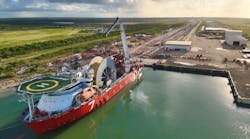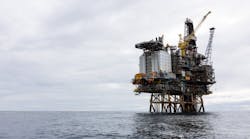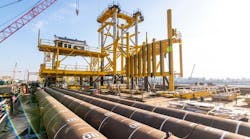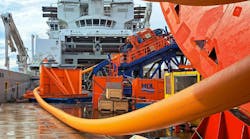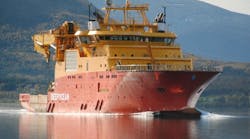Offshore staff
WASHIINGTON, D.C. –API has reiterated the value of its new standard for equipment used in emergency oil spill response following the release earlier this week of its new guidelines for design, manufacture and use of subsea capping stacks on ocean floor wellheads in emergencies.
API said its Recommended Practice for Subsea Capping Stacks, RP 17W, applies to the installation of new subsea capping stacks and can serve as a guide toimproving existing equipment. Further, it can aid during design and manufacturing, and in developing instructions for preservation, transportation, maintenance, testing and operations.
The document also has guidelines forthe deployment, well shut-in, and recovery of a subsea capping stack.
This recommended practice document joins several others prepared by apost-Macondo joint industry task force. These standards and recommended practices include:
· Standard 65-2, Isolating Potential Flow Zones During Well Construction
· Standard 53, Blowout Prevention Equipment Systems for Drilling Wells
· Recommended Practice 96, Deepwater Well Design and Construction
· Recommended Practice 98, Selection of Personal Protective Equipment
· Recommended Practice 17H, Remotely Operated Tools and Interfaces on Subsea Production Systems
· Bulletin 97, Well Construction Interface Document Guidelines.
“These guidelines will further strengthen subsea spill response capabilities as part of industry's commitment to continuous improvement in safety,” said David Miller, API director of Standards.
To read more about Macondo andDeepwater Horizon, click here.
7/31/14
